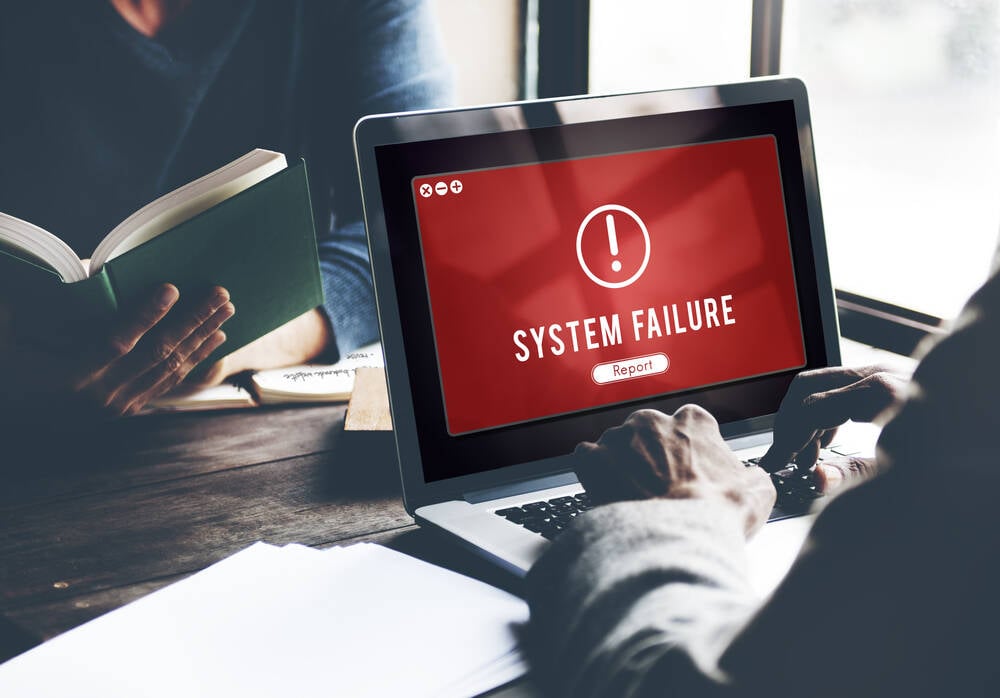Originally posted by Volta
View Post
What is important that Linux now lacks many security features that Windows actually has. I remembered watching stream of Adam Zabrocki - creator of LKRG and one of main reasons he did so, is because Linux kernel nowadays lacks a ton of anti-exploit features that simply exist in Windows.





Comment